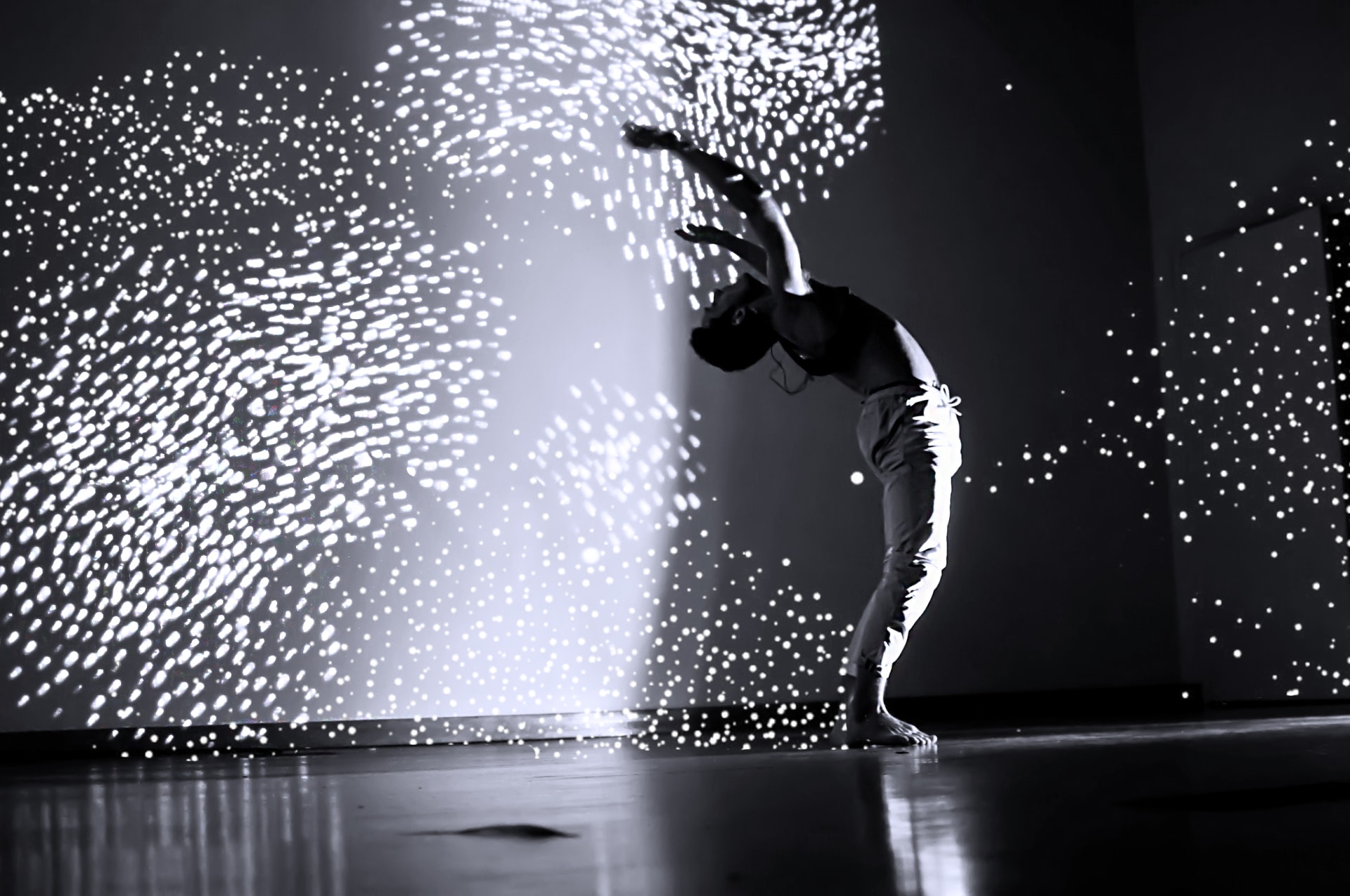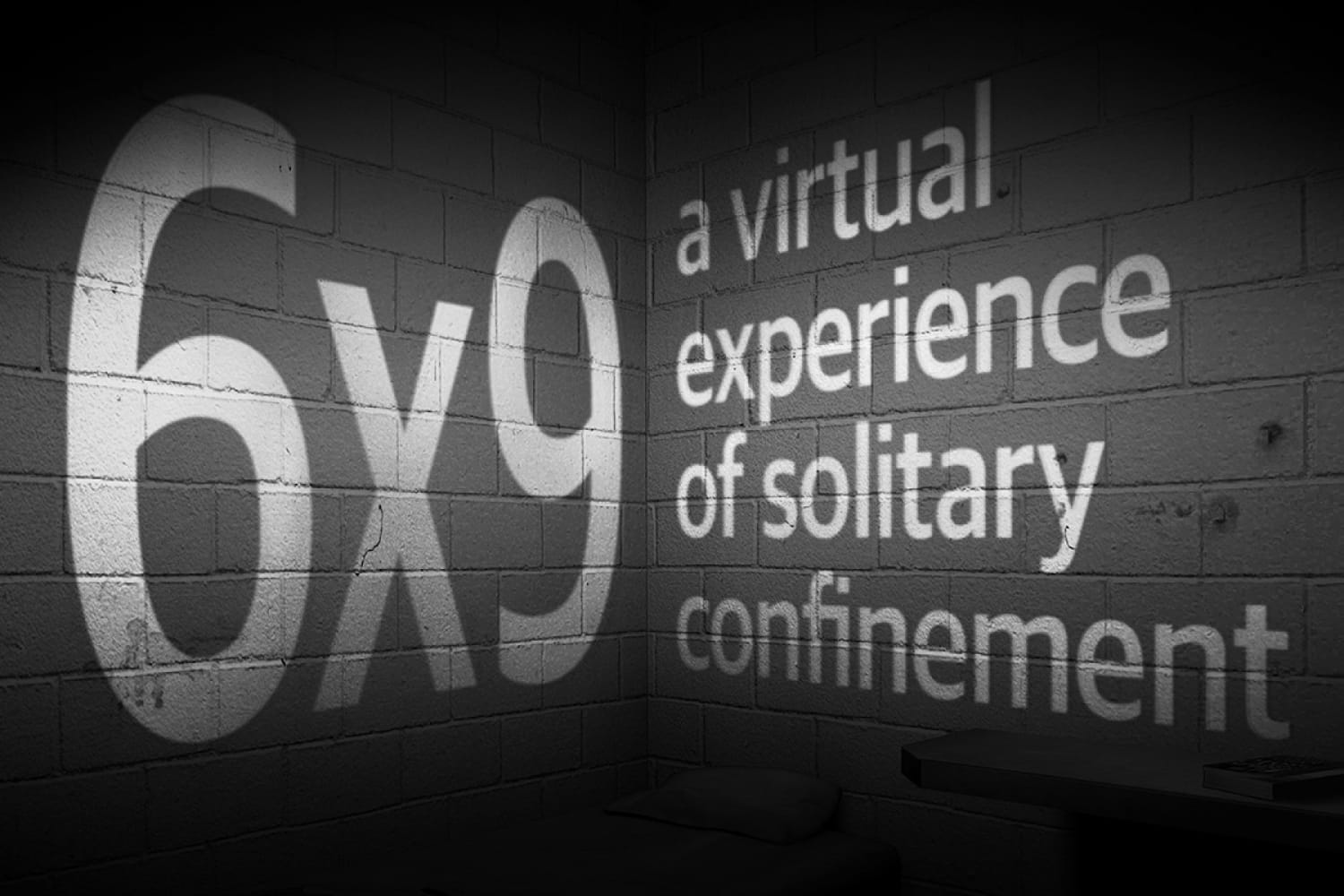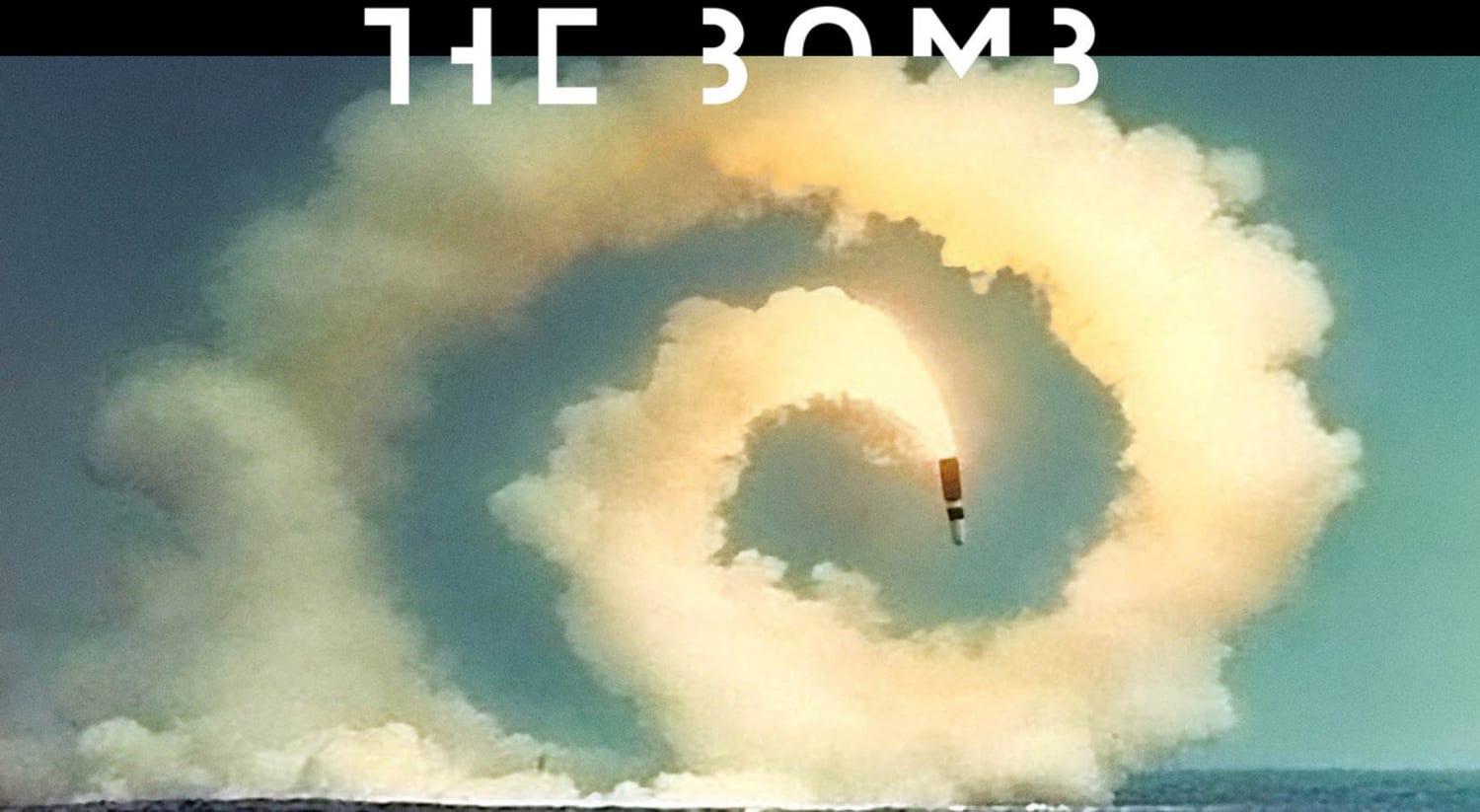Digital innovation is opening up new possibilities in storytelling, and traditional mediums are struggling to keep up. This was clear this month at the Tribeca Film Festival, where more streams of programming than ever reflected new approaches to filmmaking and narrative.
From TFI Interactive, a thought-leadership program with a virtual playground where visitors could explore different immersive projects; to Storyscapes, a film program with a focus on VR and installations; to a Virtual Arcade and more, the action at this year’s festival seemed to be moving away from the silver screen toward more diverse forms of media.
Empathy-based storytelling
Virtual reality showed up across these different tracks. Much of the work focused on raising consciousness about social issues with efforts to build empathy (a much-debated word within the VR creator community).








